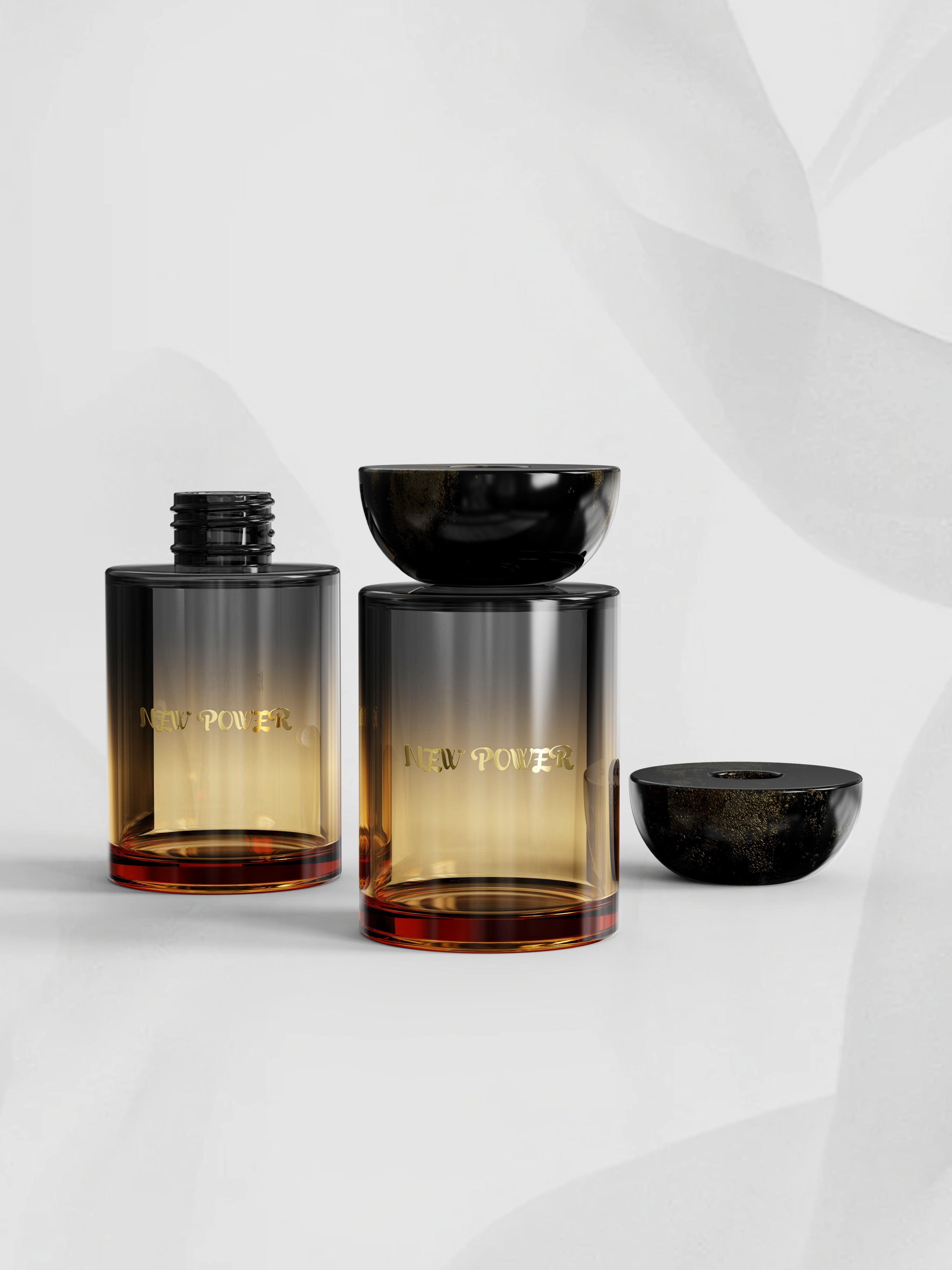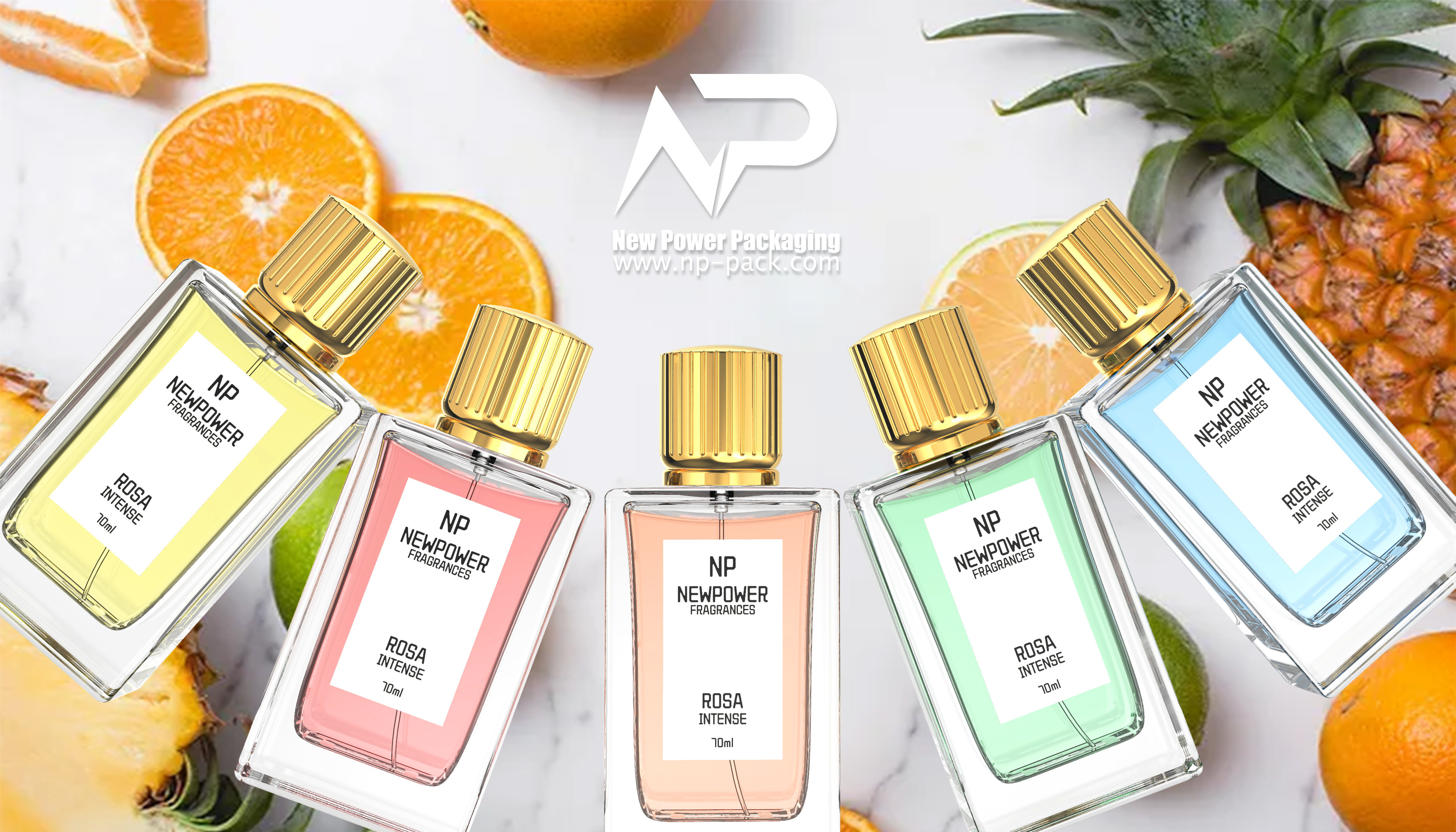A Deep Dive into the Modern Perfume Industry Revolution
Time:
2025-06-09
I. Three Major Milestones in Technological Breakthroughs
The Revolutionary Application of Synthetic Chemistry In 1889, Guerlain introduced ‘Jicky,’ which was the first perfume to incorporate synthetic molecules such as coumarin and vanillin into its formula, breaking free from the limitations of natural ingredients. This quinoline compound, discovered by Czech chemist Skraup, opened up unprecedented possibilities for leather-scented innovations in perfumes.
Industrial Transformation of Production Methods François Coty pioneered mass production of perfumes in the late 19th century, replacing crystal containers with glass bottles, thereby reducing prices to an affordable level for the working class. He replaced traditional distillation methods with volatile solvents, increasing production efficiency by over 300%.
Cross-industry integration of business models In 1921, Chanel No. 5 pioneered the extension of perfume lines by fashion brands, with the use of aldehyde essences redefining the expression of femininity. This move led to a industry landscape where 70% of modern perfumes are dominated by French brands.
II. Key technological innovation map
Representative Breakthroughs in Technical Fields and Their Impact Dimensions Organic Chemistry Discovery of Violetone (1893) Democratisation of floral fragrance notes Production Process Microencapsulation Technology (2020s) Extending fragrance longevity to 72 hours Raw Material Preparation Genetically Edited Roses (Commercialised in 2024) Increasing fragrance concentration by 40%
III. Continuous Evolution of the Industrial Ecosystem
The contemporary perfume industry is undergoing its fourth transformation: IBM's Philyra algorithm can complete the work of traditional perfumers in a matter of hours through machine learning; Dutch company Scentronix's AI blending equipment has achieved 3-minute personalised customisation. According to the latest research, 35% of new perfumes globally will use biosynthetic fragrances by 2025, completely rewriting the raw material supply chain.





